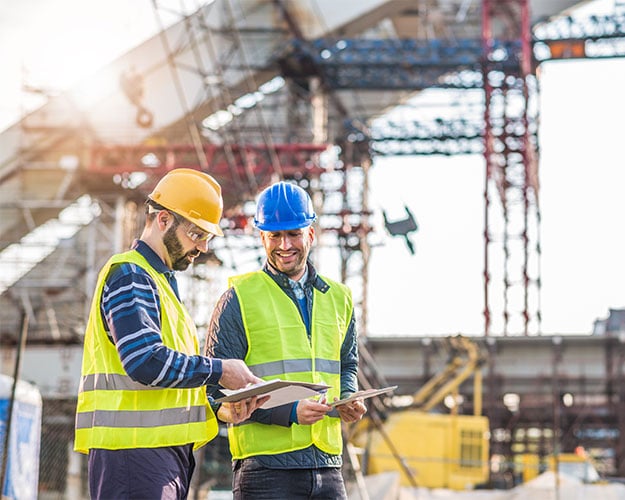The Section 179D energy efficient commercial buildings deduction was first enacted in the Energy Policy Act of 2005. After fifteen years of continuous expiry and renewal, it was finally made permanent as part of the Consolidated Appropriations Act of 2021.
A lot has changed since 2005, but the demand for an energy-efficient infrastructure has remained. According to the U.S. Energy Information Administration, residential and commercial building energy consumption accounted for 40% of all U.S. energy consumption in 2020.
To promote energy efficiency in commercial and government-owned buildings, 179D aims to financially incentivize making energy efficient building improvements (HVAC, lighting or building envelope) that may otherwise be left to factors such as cost and convenience.
- We’ve broken down the basics of 179D. You can read them here.
How 179D Has Provided One Fortune 500 Company a $26,000,000 Tax Deduction
For one Fortune 500 manufacturing company, the 179D deduction is a way to make necessary building improvements while realizing significant tax savings. With a 46-million-square-foot portfolio spanning over 350 U.S. facilities, there is a continual need for maintenance and renovations.
Here’s how the Eide Bailly Energy Incentives Team has helped them realize a $26,000,000 tax deduction.
Step 1: Preparation
The team works to aggregate all documentation for a building (blueprints, plans and specifications). After they have reviewed the documents, they schedule a site visit with the plant manager.
Step 2: Site Visit
The goal of the site visit is to understand how the building operates as a system—specifically, the mechanicals, heat and air conditioning, hot water, ventilation, interior lighting and building envelope. The team works to document each facet of the building so they can pass the data to our energy modelers.
Step 3: Energy Modeling
Our energy modelers use AutoCAD and Department of Energy and IRS-approved software to compare the building model to a reference model and determine if the building has 50% or greater energy efficiency than the reference model (which is required to qualify for the deduction).
Step 4: Certification
Our Professional Engineers provide a certificate of compliance. The certificate of compliance is then attached to Form 3115 and submitted to the IRS, where an adjustment is made to reflect the deduction.
Step 5: Repeat
Each building is subject to the same process. Because of their large portfolio, this project has been divided into four phases— meaning there is substantially more tax savings in store for them.
Making Sure You Get the Maximum Benefit
The maximum 179D tax deduction is $1.88 per square foot for energy-efficient commercial building property (EECBP). Our team of Professional Engineers, energy modelers and HERS raters can help you assess your eligibility and then work with you to maximize the potential benefit of 179D.
Are you ready to go green and save? It all starts with a conversation.

